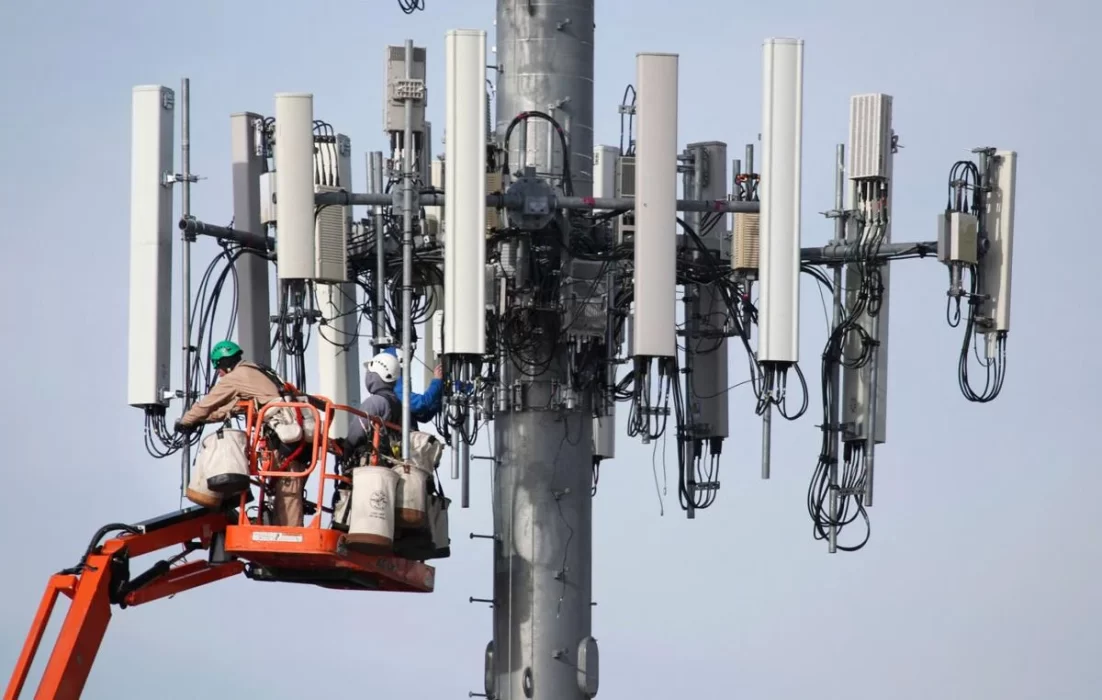Numerous nations globally have initiated the deployment of 5G and 6G networks. However, feedback from consumers in these countries indicates dissatisfaction with the network speeds of these generations.
Notably, some countries have introduced 7G and 8G networks in recent times. Despite these advancements, the persisting issue remains: the internet speed does not align with the corresponding generation.
This article will delve into a discussion on the countries currently utilizing the ultra-fast 7G and 8G networks.
Nations such as Norway, the United States, China, and Japan have introduced 7G and 8G networks, with commercial availability in some areas and ongoing testing in others.
Unfortunately, there are instances where consumers are experiencing misinformation under the guise of “Mobile Next Generation.”
Despite the commercial launch of the 5G network in the Maldives, some areas are reporting internet speeds that are subpar compared to the existing 4G network.
Countries Using The Ultra Fast 7G and 8G Network

Right now, China is working on making 5G internet with companies like Huawei and ZTE. The Chinese Minister for Industry and Information Technology, Miao Wei, says they’re also starting to look into the next thing, 6G.
But here’s a surprising fact: internet around the world is often faster than you might think, even in countries that are still developing. Even though 5G and 6G aren’t fully ready in any country, some places have really fast internet. Here are the top 10 countries with the fastest internet:
- South Korea – 28.6 Mb/s
- Norway – 23.5 Mb/s
- Sweden – 22.5 Mb/s
- Hong Kong – 21.9 Mb/s
- Switzerland – 21.7 Mb/s
- Finland – 20.5 Mb/s
- Singapore – 20.3 Mb/s
- Japan – 20.2 Mb/s
- Denmark – 20.1 Mb/s
- United States – 18.7 Mb/s
These countries have super speedy internet, but they’re not using 7G or 8G – 5G and 6G aren’t fully in use yet.
Now, think about NASA, the space organization. Their internet is incredibly fast. NASA’s shadow network can transfer 91 gigabits per second!
To compare, the average internet speed in the U.S. is only 6.6 megabits per second. That means NASA’s internet is over 13,000 times faster. We can’t even imagine what G-Generation they’re using, it’s just super advanced!
Read also:
Sixth Generation (6G)
6G is a new kind of internet that’s being suggested to work together with 5G and satellites, covering the whole world. It’s seen as a way to give us really fast internet, up to 11 gigabits per second, even when we’re on the move or in faraway places.
Here are some advantages of 6G technology:
- Super Fast Internet: You can get online really quickly.
- High Data Rates: It can handle a lot of data, up to 10-11 gigabits per second.
- Useful for Smart Homes: Helps with things like home automation.
- Smart Cities and Villages: Can be used to make our communities smarter.
- Energy Production from Space: Might help generate energy from outer space.
- Improvements in Space Technology and Defense: Can change how we use space and military technology.
- Home ATM Systems: Maybe we’ll have banking systems at home.
- Satellite Communication: Helps satellites talk to each other for the benefit of humanity.
- Controlling Natural Disasters: Could be used to manage and control disasters.
- Communication from Sea to Space: It allows communication from the ocean to outer space.
- Mind-to-Mind Communication: There’s a possibility that it could enable direct communication between minds.
So, 6G is being thought of as a technology that could bring us really fast and widespread internet, along with some cool advancements in different areas of our lives.
7G Deals with Space roaming
- 4G to 5G:
- After 4G, the next step is 5G, aiming for a truly wireless world without limitations.
- 6G Integration with Satellites:
- 6G goes a step further by combining 5G with satellite networks for global coverage.
- Challenges with 6G Handoff/Roaming:
- However, due to different technologies and standards, moving between different 6G networks (handoff/roaming) might be a challenge.
- 7G for Space Roaming:
- This challenge leads to the idea of 7G in mobile wireless networks, which envisions achieving roaming not just on Earth but also in space.
- Confusion about 10G:
- Some people mistakenly claim that 10G networks are already in use in many countries. It’s important to clarify that this likely refers to the 10G Network Ring, not the 10th generation of mobile networks.
In summary, the evolution from 4G to 5G, and the proposed integration of 5G with satellites in 6G, are steps toward achieving broader and more advanced wireless connectivity. The concept of 7G introduces the idea of extending roaming capabilities beyond Earth.
Lastly, confusion may arise when people mention 10G networks, as they might be referring to a different context, such as the 10G Network Ring, not a new generation of mobile networks.
Summary:
This blog is a valuable source of information on various aspects of new technology. Each article is rich in content, offering comprehensive insights. By subscribing to this blog, you can stay updated with the latest information. Additionally, you can contribute to the dissemination of knowledge by sharing these informative articles with others. Subscribe now to stay informed and help spread the word!
About Us
SEOByMasroor.Com, is the place where we make learning easy. We’re here to help you with simple and clear instructions for all the things you want to learn. We believe that everyone can learn. SEOByMasroor is here to help you become better at things and make life a little simpler.



